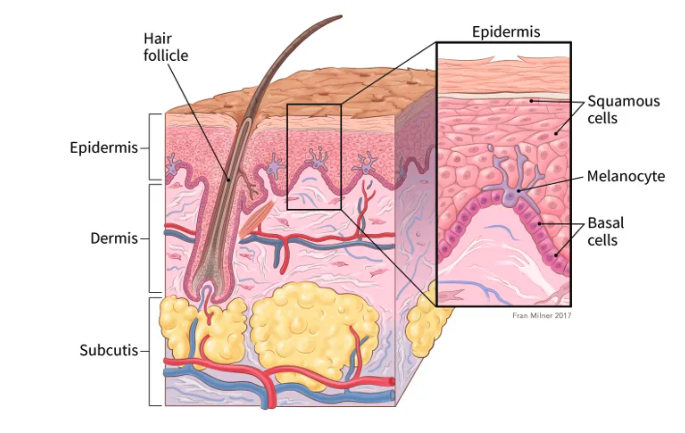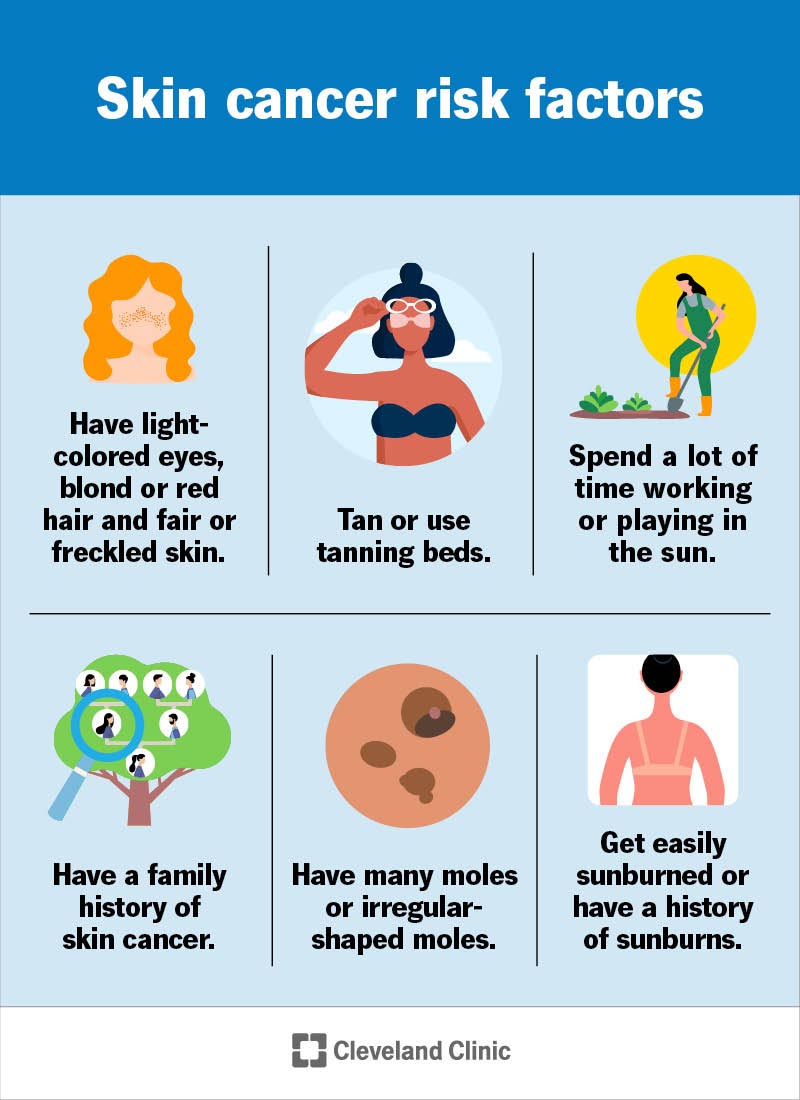AFSPA Holiday Office Hours
AFSPA office will be closed on Dec 24, 25, and 26 in observance of the Christmas holiday. We will resume normal business hours on Monday, Dec 29.

It is Summertime for most AFSPA members, and that means more time spent in the sun. While we all enjoy our time outdoors, it is essential to remember to protect our skin from the sun.
Skin cancer is the most common cancer in the United States. By age 70, 1 in 5 Americans will develop skin cancer. According to the American Cancer Society, “More people are diagnosed with skin cancer each year in the U.S. than all other cancers combined.”
What is Skin Cancer?
Skin cancer occurs when abnormal cells grow in your skin tissues. Usually, these cells grow old and die, and new cells replace them. However, this process can be interrupted by exposure to UV light from the sun, which causes the cells to grow more
quickly.
There are three main types of skin cancer:

The most common sign of skin cancer is a change in your skin. It could be skin cancer if you notice a new mole, waxy or flat, pink bumps, or a wound/sore that won’t heal. Follow the ABCDE rule when checking your skin for skin cancer.
Risk Factors and Prevention

Anyone can get skin cancer. However, certain risk factors can make you more susceptible to skin cancer. Check out these risk factors from the Cleveland Clinic.
It is best to wear at least SPF 30 sunscreen when outside, even if it is cloudy. You should apply the sunscreen 30 minutes before going outside. To protect your face, wear a hat to cast shade on your face. Wearing clothing with ultraviolet protection can protect your arms and legs from the sun. Using a parasol from 10 AM to 4 PM can help you keep cool and protect your skin. Some medications make you more sensitive to sunlight and can cause you to burn more easily in the sun. Talk with your doctor to see if you are taking one of those medications, and take extra precautions in the sun.
How AFSPA Can Help
If you are concerned about skin cancer and would like to be seen by a dermatologist, Foreign Service Benefit Plan (FSBP) can help you! As a member of FSBP, you can get care from a dermatologist (in-network or out-of-network). If you use our in-network providers, you will pay less. If you are living abroad, any dermatologist will be covered by the in-network benefit. FSBP does not require referrals to see a specialist.
In addition, you can use our telehealth services, Teladoc™ (for U.S.-based members) or vHealth (Worldwide) (for members living abroad). Teladoc™ and vHealth (Worldwide) services are 100% covered and can provide access to a doctor or specialist for non-urgent medical questions or mental health support from the comfort of your home via phone, video, or app.
You can contact Teladoc™ via phone, web, or the Aetna Health mobile app. For more information, please call 855-Teladoc (855-835-2362) or visit teladoc.com/aetna. You can contact vHealth (Worldwide) directly at +44 (0) 20 3499 2851 or +1 (0) 8572 563 784 or visit vhealth-teladochealth.com/en for more information or to register.
Sources